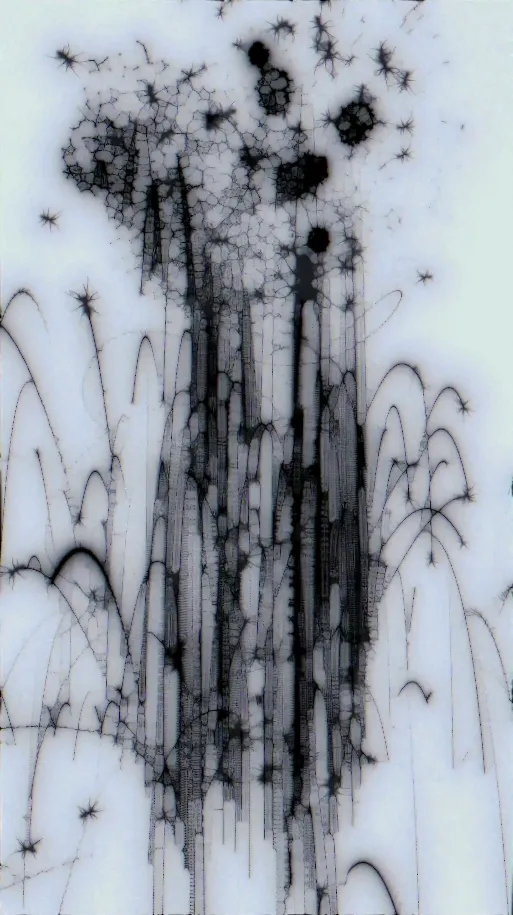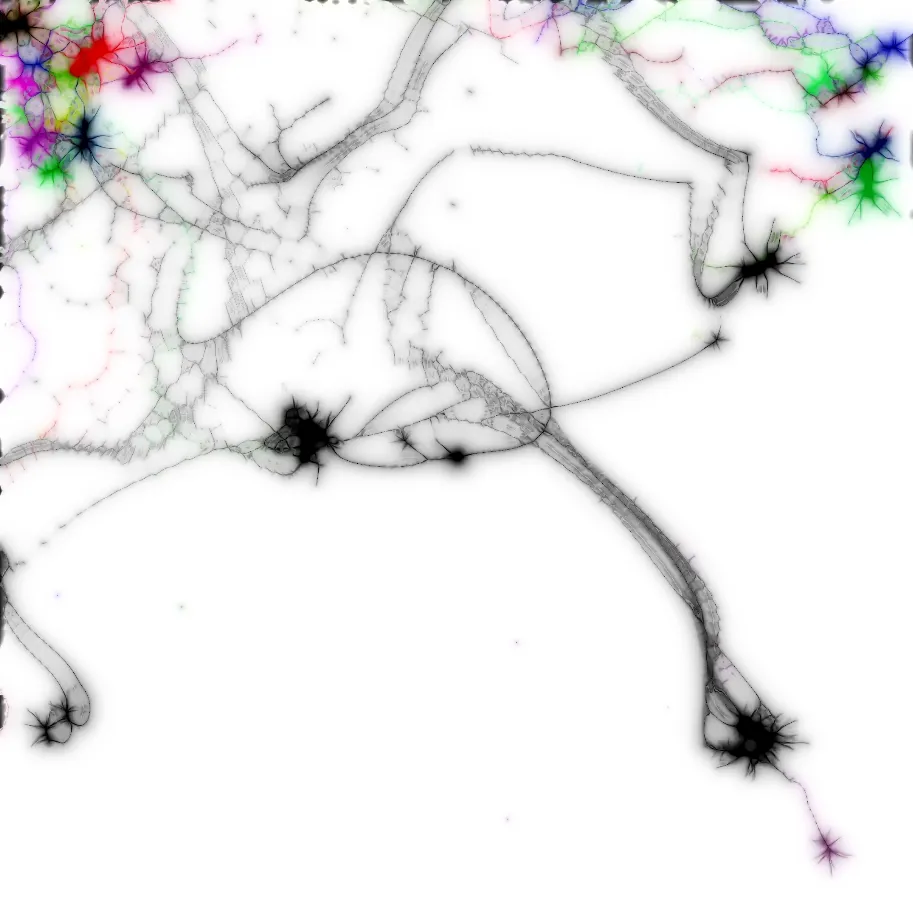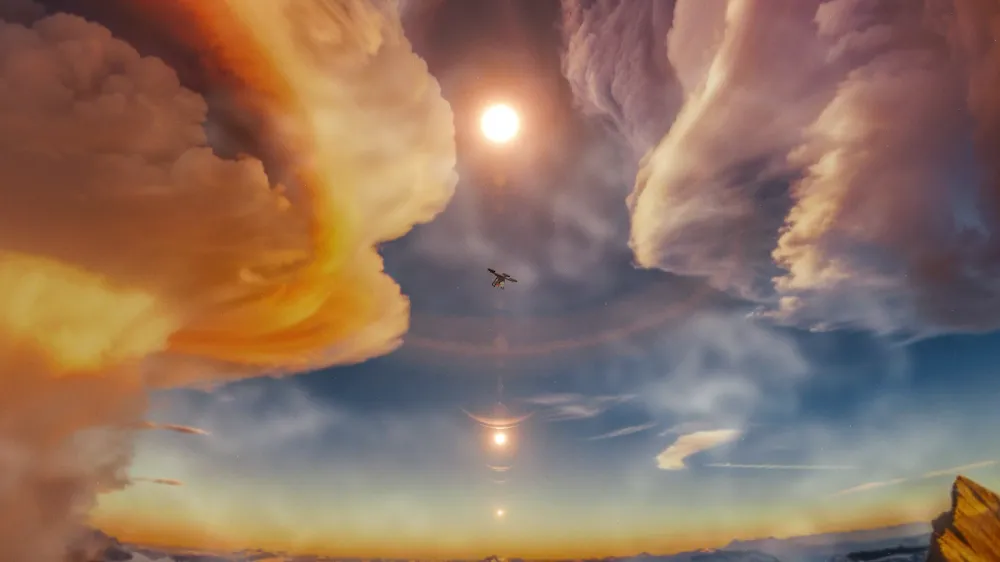Subscribe to get the latest on artists, exhibitions and more.
From Skydomes to Simulations: Interview with Yoshi Sodeoka
In this interview, Ivan Zhyzhkevych a.k.a. ‘Lonliboy’ and Yoshi Sodeoka discuss Sodeoka’s personal and artistic philosophies, the sun’s symbolism, choreography of sound and visuals, connection to nature, and much more. This arrives ahead of Sodeoka's latest exhibition on Verse, The Swarm, presented by SOLOS.
IZ: Within the works, there is a visual of tracking - a sense of mathematical, linear logic. Is there a commentary within the series about our need as humans for control and understanding of everything around us?
YS: I wouldn’t go that far to say something like that. I think the whole project is more personal. I’m making these for myself, to imagine how the universe may be built around us. I’m just happy that resonates with some people.
IZ: Was this series inspired by scientific experiments?
YS: Not particularly by experiments, but maybe by a lot of science books explaining things about the universe. I’m a huge fan of scientific diagrams and I’m always fascinated by graphic design for those diagrams. Like these for example:




